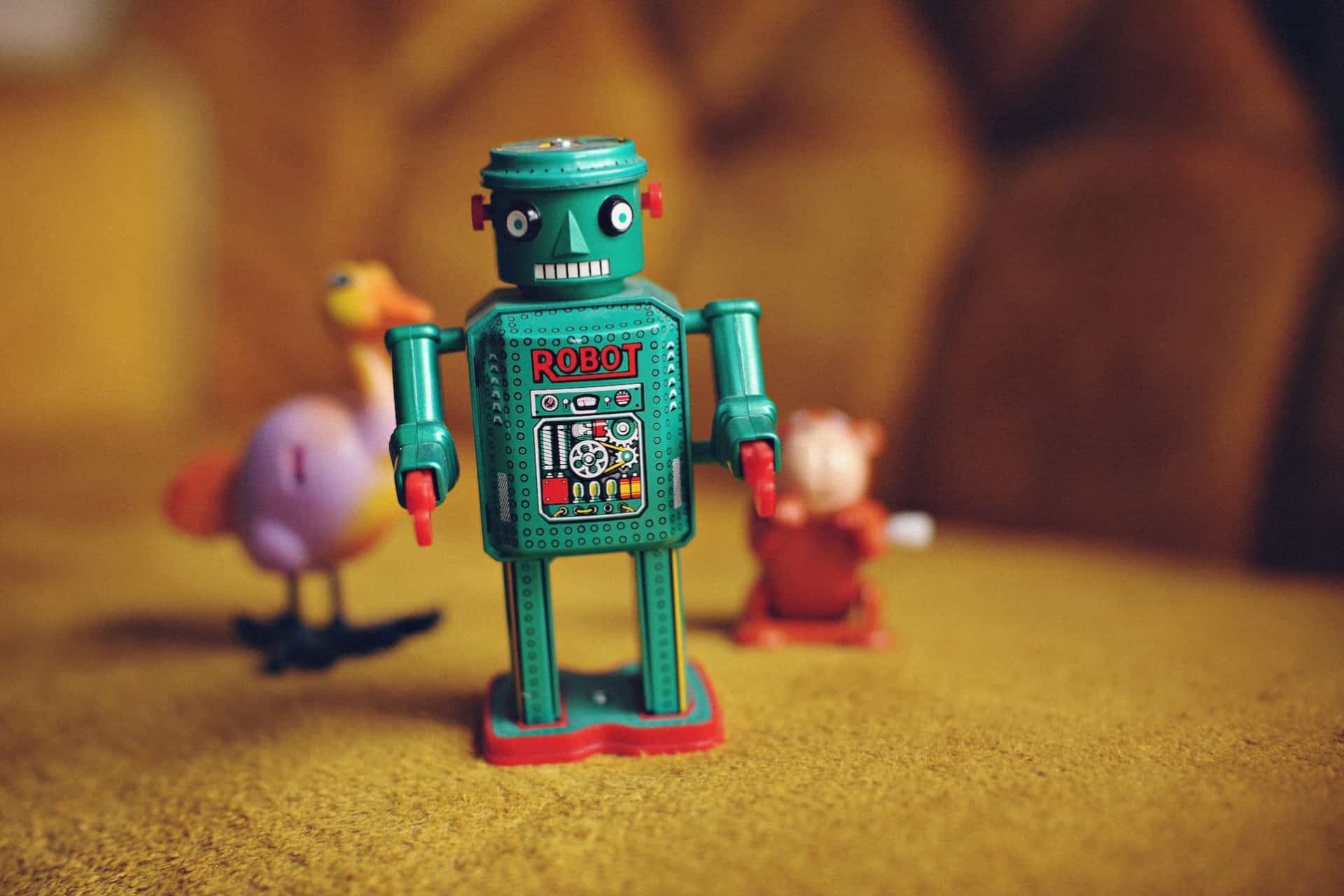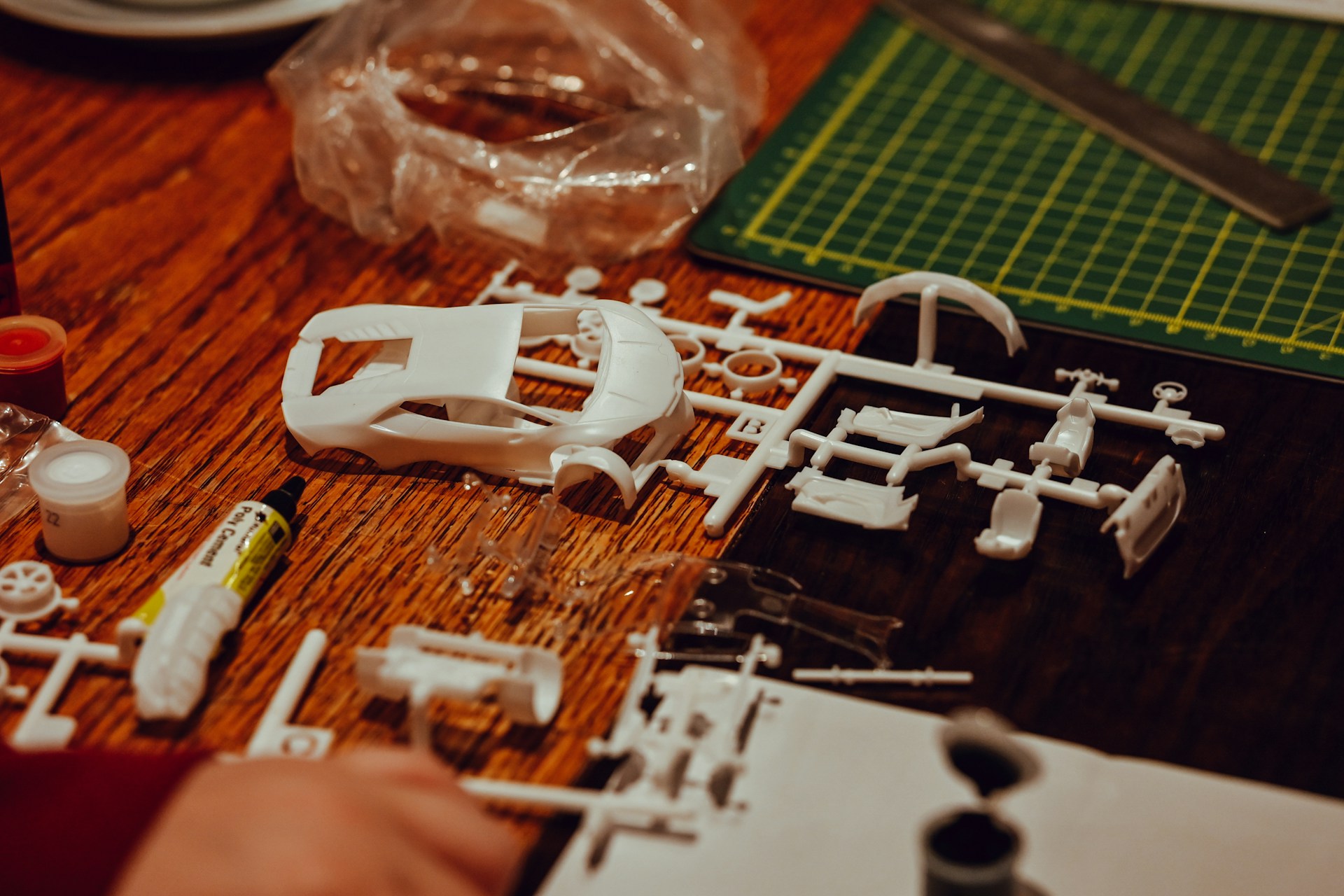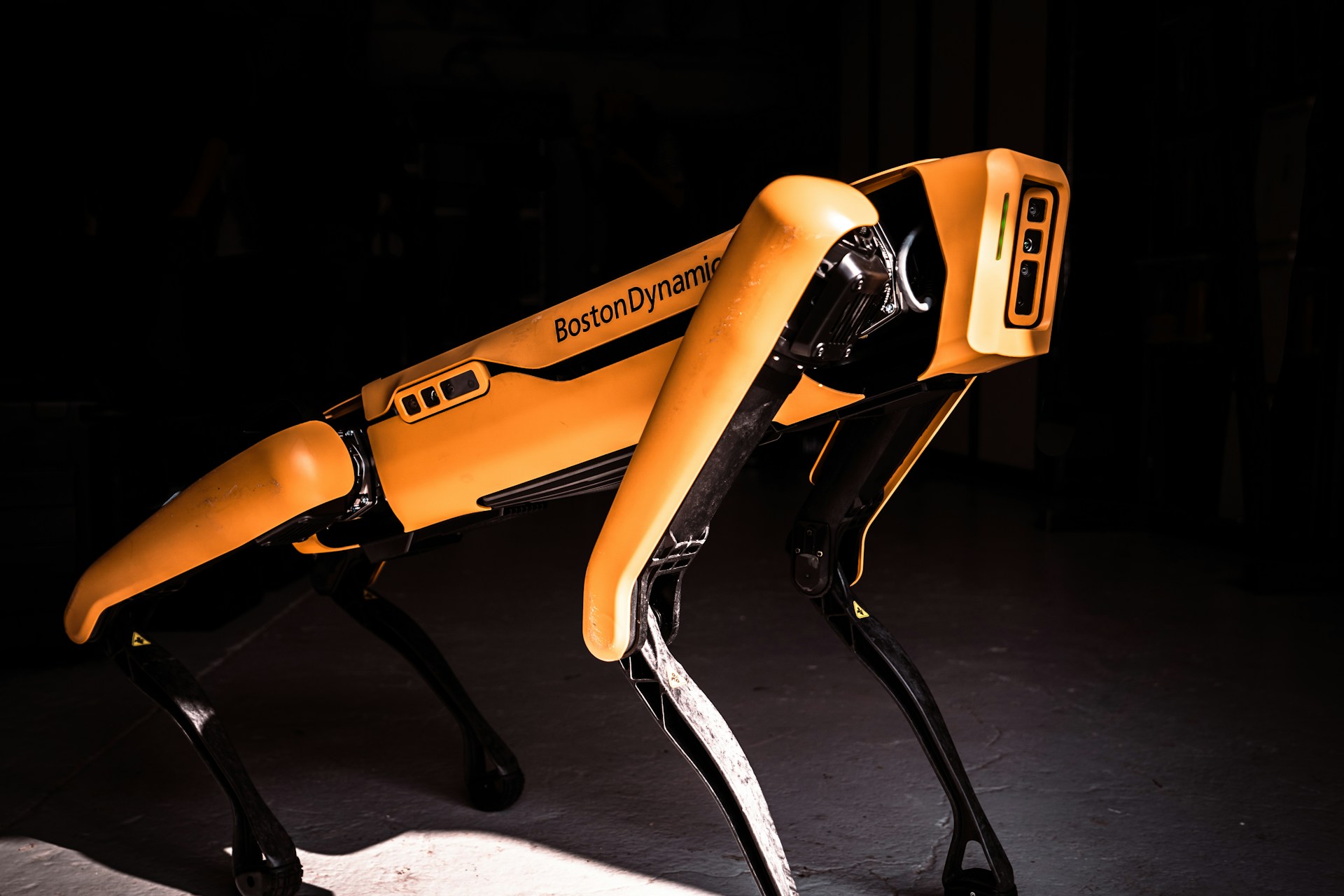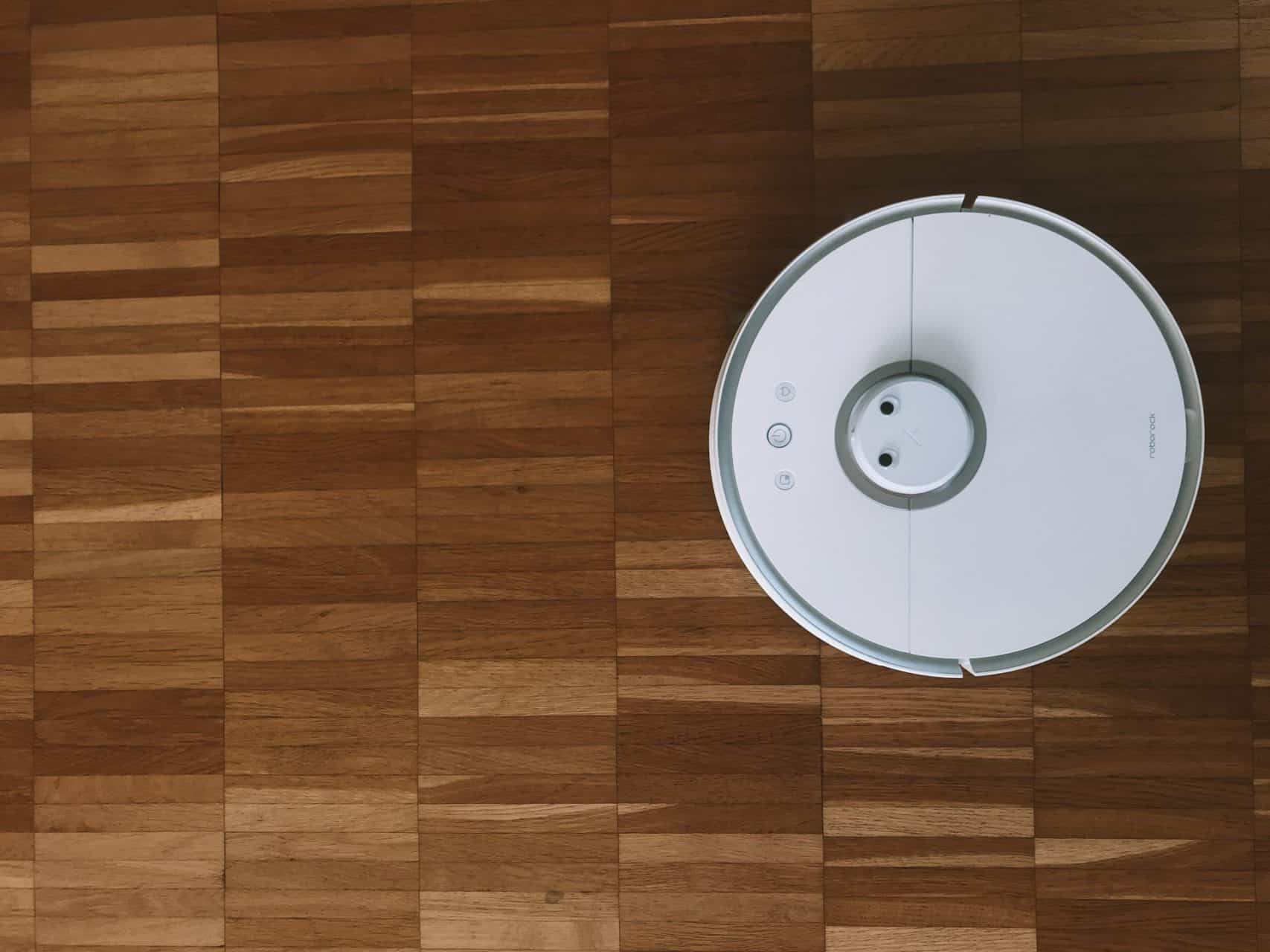
Programming and Robot Toys That Are Actually STEM-ducational
February 25, 2023 - Emily Newton
Revolutionized is reader-supported. When you buy through links on our site, we may earn an affiliate commission. Learn more here.
The best kids’ toys have always been the free-form ones. We’re talking Lincoln Logs, LEGOs, model trains, and creation-focused videogames. All of these have important lessons to teach about navigating space, manipulating building elements, cause-and-effect, and — eventually — the power of science, mathematics, coding, and electronics.
In modern times, the best kids’ toys are those that do all of the above. The more intense focus on STEM disciplines (science, technology, engineering, mathematics), the better. For many students, families, and schools with the means, the best kids’ toys today are robot toys. From least to most complex, here are some robot toys on the market that are actually educational. First: what do robot toys teach to kids in the first place?
What Do Kids Learn From Robot Toys?
Hands-on, highly practical building toys — like LEGOs and model kits — are well established as being beneficial for kids. They stoke the imaginations of kids of all ages (and many adults!) as they build life-important skills such as:
- Communication, cooperation, and teamwork
- A practical understanding of space and basic physics
- Logic and problem-solving
- The grit required to begin again after failure
These are considered foundational elements of a well-rounded STEM education. Studies show that robotics, including robot toys, teach all of these things.
In other words, there’s a distinction: getting practical experience with robotics isn’t important for kids because it teaches STEM skills. By contrast, it’s important for kids because it teaches STEM skills that apply everywhere else in life too. It’s like Lincoln Logs on steroids — and it makes kids a little sharper, a little more observant of the space around them, and of cause and effect, and far better prepared to navigate a world that increasingly blurs the line between the mechanical and the digital.
A robotics education, starting with robot toys, can do a world of good for kids. That’s especially true when they’re learning how to learn and looking for a reason to continue learning into adulthood. After grade school, that includes university and then in the workplace.
Further research shows that kids introduced to robots in pre-K have no trouble picking up on the underlying programming concepts and computational thinking required to make them run.
With that in mind, you’re probably wondering what kinds of coding and robotics toys are on the market. Here’s a look at some interesting choices.
1. Learning Resources Botley the Coding Robot Activity Set
This 77-piece introduction to coding concepts comes in the beguiling form of Botley, the robot, and a series of card-based, pathfinding-focused coding exercises. Without requiring apps or screen time, the kit will have kids solving problems and sending commands to Botley with the included remote in no time.
2. Tinkering Labs Robotics Engineering Kit
There is something completely charming about Tinkering Labs’ Robotics Engineering and Electric Motor Kit. Does “Winnie the Pooh meets steampunk” sound like it would be a great fit for your classroom or your youngster? If so, help them dive into this thoughtful product, which offers endless hours of free-form exploration plus a more structured series of challenges that will have kids scrambling to design/build robots on the spot.
3. UBTECH JIMU Robot Astrobot: App-Enabled Building and Coding STEM Learning Kit
Kids old enough to navigate a smartphone screen are old enough for the JIMU Robot Astrobot Series. The kit contains 387 individual parts and connectors, meaning almost endless combinations for inventors-in-training. Kids can master rudimentary programming languages to give their robots new tasks to do, new sounds or lights, and even new personality traits.
4. LEGO MINDSTORMS Robot Inventor Building Set
If your kids need even more endless building possibilities to bring their imaginations’ creative visions to life, then LEGO it is! Parents and schools will spend a little more on this, the latest iteration of the bedroom- or classroom-friendly classic (around $360). For that, kids will get a building and programming kit that will still be tickling their inventive muscles in the years to come. Even adult fans of LEGO are finding clever new ways every day to put LEGO’s MINDSTORM kits to work using logic, programming, and problem solving.
5. Digital Dream Labs (DDL) Cozmo 2.0
Although some of the above toys may still be relevant to older age groups, kids will eventually wish to graduate to more advanced robot toys offering lessons in advanced pathfinding and machine vision, artificial intelligence, and more complicated building projects. For robotics enthusiasts at this level, Digital Dream Labs’ Cozmo offers tons of complex but rewarding coding experiences. At this level, kids will even have their first exposure to the logic behind relevant real-world technology like collision avoidance and facial recognition.
6. Wonder Workshop Cue
Coders of all ages — kids 11+ more specifically — should get a chance to try out Cue, from Wonder Workshop, if they can. At $200, it’s not as expensive as a MINDSTORMS and not quite as versatile, but what it does provide is a captivating and practical way to teach a kind of logic called computational thinking. In a nutshell, this involves breaking down complex or multi-part goals into discrete tasks or datum for processing. It’s a way to see the world that not everybody gets exposed to while their brains are still forming. Robot toys, and especially the most advanced robot toys, can foster these highly practical and lucrative skills, beginning in pre-K in many cases.
Robot Toys Teach STEM (And Life) Skills
There’s a lot that can be said about the shape tomorrow’s economy will take. One thing is for certain: those who prophesied years ago that everyone should learn how to code are certainly going to be vindicated.
Some of the robot toys described above require screen time and some don’t — but in any case, remember to balance time spent tinkering at the invention desk with time spent outdoors as well as cultivating other practical skills and hobbies.
In fact, you shouldn’t be surprised at all if your young inventor takes what they learn from robotics and applies that creativity and problem-solving drive to building furniture, designing low-maintenance landscaping, and making homes and businesses more efficient. Exposure to robots and computational thinking early in life opens a world of possibilities.
Revolutionized is reader-supported. When you buy through links on our site, we may earn an affiliate commission. Learn more here.
Author
Emily Newton
Emily Newton is a technology and industrial journalist and the Editor in Chief of Revolutionized. She manages the sites publishing schedule, SEO optimization and content strategy. Emily enjoys writing and researching articles about how technology is changing every industry. When she isn't working, Emily enjoys playing video games or curling up with a good book.






